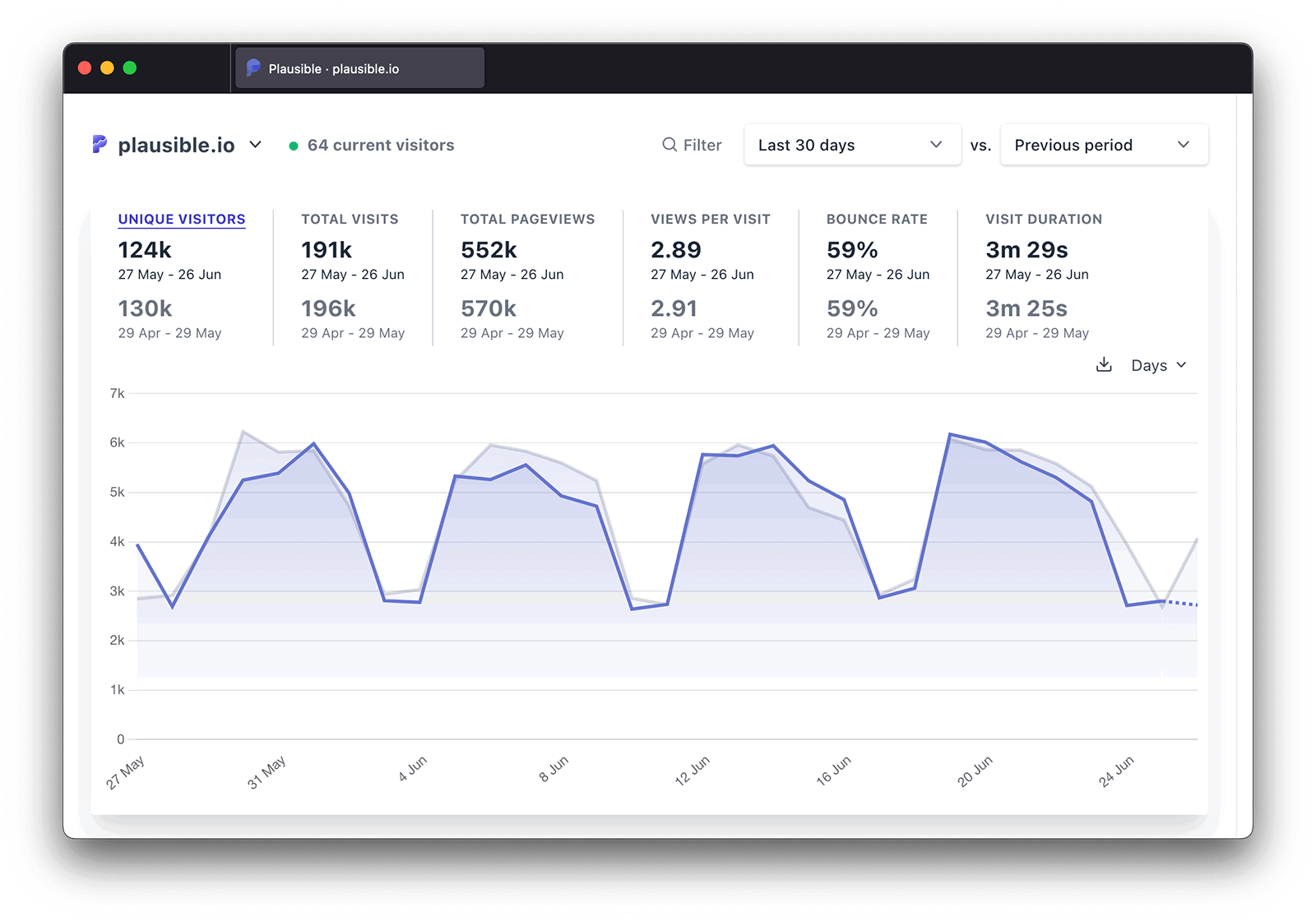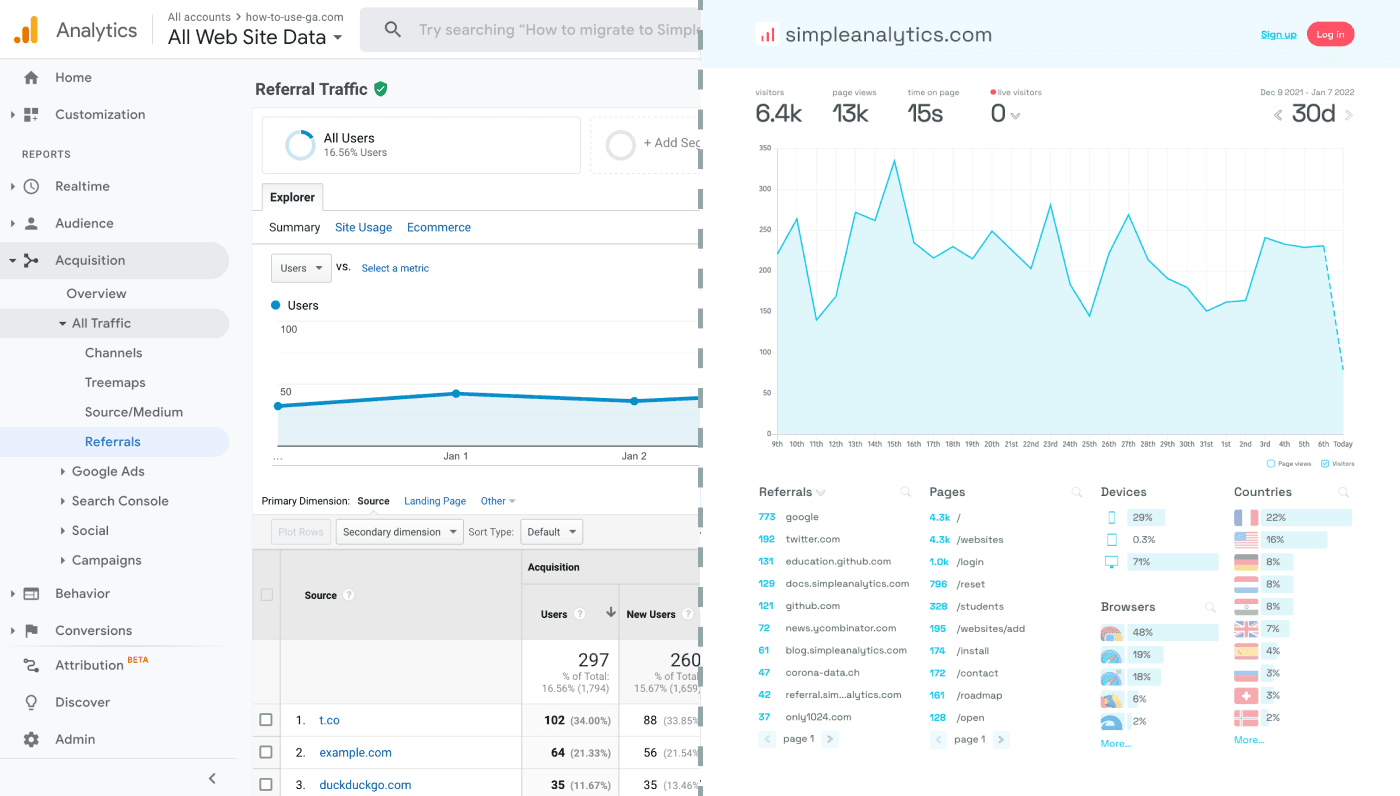When Does the Google Analytics Tracking Code Send an Event Hit to Analytics? A Deep Dive into Individual Interactions
When Does the Google Analytics Tracking Code Send an Event Hit to Analytics? A Deep Dive into Individual Interactions
Blog Article
Master Web Site Insights With Accurate Google Analytics Monitoring Code
The efficient usage of Google Analytics hinges on the precise execution of its monitoring code, a basic step often ignored by website proprietors. This apparently simple JavaScript snippet, when appropriately put, becomes the backbone of information collection, supplying insights into individual behavior and internet site efficiency. However, obstacles can arise during setup, potentially skewing the data and resulting in misinformed decisions. Understanding these intricacies is crucial for optimizing the advantages of analytics. What are the common mistakes that could weaken your monitoring efforts, and exactly how can you make certain accuracy in your strategy?
Understanding Google Analytics Essentials
Google Analytics is a crucial tool for site proprietors and marketers, offering invaluable understandings into individual behavior and website efficiency. At its core, Google Analytics collects data about visitors to an internet site, enabling individuals to analyze metrics such as website traffic sources, user engagement, and conversion prices. Comprehending these basics is important for maximizing a website's efficiency and improving individual experience.
The platform uses cookies to track interactions, tape-recording information such as web page views, session durations, and bounce rates. This information is accumulated and offered with personalized control panels, allowing users to imagine trends with time. Trick performance signs (KPIs) can be monitored, such as the complete variety of individuals, brand-new versus returning visitors, and the geographical circulation of the target market.
In Addition, Google Analytics uses segmentation features, enabling individuals to isolate specific traffic sources or user demographics for even more targeted analysis. By grasping these foundational elements, site owners can make enlightened choices concerning web content method, marketing campaigns, and overall site improvements. Ultimately, comprehending Google Analytics basics is necessary for leveraging data to drive development and attain organization purposes effectively.
Setting Up Your Tracking Code

Copy the offered monitoring code and paste it into the HTML of your website. Ideally, this code should be placed in the header area of every page you want to track. This makes certain that the monitoring code lots prior to any type of other web content, enabling it to record data properly. If you are utilizing a material monitoring system (CMS) like WordPress, there are plugins available that simplify the integration process.
After setup, confirm that the tracking code is working properly by utilizing Google Tag Aide or the Real-Time records in Google Analytics - when does the google analytics tracking code send an event hit to analytics?. This action is important to verify that your information collection is accurate and active, setting the foundation for informative analysis
Common Tracking Code Issues
Many site owners come across typical problems with their Google Analytics tracking code that can hinder information collection and analysis. One common concern is inappropriate installment. This might occur when the tracking code is placed in the incorrect section of the site's HTML, frequently causing missing or insufficient information. Furthermore, having numerous circumstances of the monitoring code on a solitary web page can cause filled with air metrics, as user interactions may be counted extra than once.
An additional issue arises from making use of advertisement blockers, which can stop the tracking code from performing entirely, thus skewing information. when does the google analytics tracking code send an event hit to analytics?. Moreover, failing to set up filters properly can bring about the exclusion of vital web traffic resources or the incorporation of unwanted referral spam, misshaping the information gathered
Internet site proprietors might likewise ignore the relevance of tracking code updates, especially when moving to Google Analytics 4 (GA4) from Universal Analytics. Lastly, insufficient testing prior to introducing adjustments can result in Homepage undiscovered mistakes in the monitoring code, better complicating data dependability. Attending to these common concerns is essential for ensuring precise tracking and insightful analytics.
Analyzing Web Site Data Successfully
Accurate information collection is only the initial step in leveraging Google Analytics; the genuine value depends on efficiently evaluating that data to drive informed decision-making. To achieve this, it is necessary to identify key efficiency signs (KPIs) that straighten with your business goals. Emphasis on metrics such as conversion rates, individual engagement, and website traffic resources, as these will supply understandings right into individual actions and the general effectiveness of your site.
Making Use Of Google Analytics' division attributes permits a much deeper understanding of your audience. By breaking down data right into specific demographics, actions, and web traffic channels, you can reveal patterns and patterns that inform targeted techniques. Carrying out personalized reports and control panels can improve this procedure, enabling fast access to pertinent data.
Furthermore, consistently assessing information patterns gradually helps to identify anomalies and possibilities for renovation. Utilize visualization devices to existing data in an easily absorbable format, helping with a lot more reliable communication with stakeholders. Inevitably, the capability to examine website information efficiently encourages organizations to make tactical decisions that enhance user experience, maximize advertising and marketing efforts, and drive growth.

Best Practices for Accurate Monitoring
Executing effective monitoring methods is vital for getting trusted information in Google Analytics. To guarantee exact tracking, begin by appropriately mounting the Google Analytics tracking code on every page of your website. This can be accomplished with a tag manager or by directly installing the discover this code right into the HTML.
Following, configure your Google Analytics account to leave out internal web traffic. This can be done by setting up filters that identify and remove visits from your organization's IP address, therefore avoiding manipulated data. Furthermore, make use of event monitoring to check particular user communications, such as downloads or video clip plays, which conventional web page views may neglect.
Frequently examine your tracking arrangement to verify that all attributes, such as goals and ecommerce tracking, are functioning properly. Establish a consistent naming convention for your campaigns and events to help with easier reporting and evaluation.
Last but not least, think about leveraging UTM parameters for campaigns to gain insights into the performance of different advertising efforts. By following these finest practices, you can improve the precision of your information collection and analysis, eventually resulting in more informed decision-making for your website.
Conclusion
By ensuring the tracking code is correctly positioned and consistently investigated, internet site owners can catch crucial user interaction information, thus promoting the recognition of essential efficiency indications. Ultimately, a robust monitoring structure boosts the ability to drive involvement and improve total web site performance.

Inadequate screening prior to releasing changes can result in undetected errors in the monitoring code, better complicating information reliability.Applying effective monitoring methods is important for obtaining trusted information in Google Analytics. By ensuring the tracking code is properly put and on a regular basis examined, site proprietors can catch vital individual communication information, therefore helping Continued with the identification of vital performance indications.
Report this page